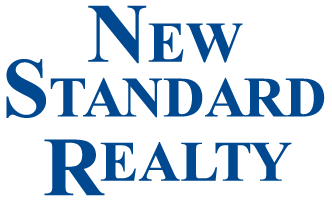Updated 05/07/2025 This is updated as the economy and situations change.
CLICK FOR A FREE IMMEDIATE RENTAL ANALYSIS OF YOUR HOME
Local Bay Area rents recently have varied between holding flat and declining slightly depending on city and location. The least expensive rentals were the highest likely to drop a little. This is mostly due to a small drop in population creating and easing in the housing shortage.
What is affecting rents today:
The Bay Area population is declining while the number of homes remains the same. This is relieving the shortage of housing that recently existed. Many retirees are moving out of state for lower taxes and / or more affordable living. Also some people are moving out of state to follow their employers or seek employment.
What will affect rents tomorrow:
Until recently rents have been at the upper limit of their affordability. Now, rents will begin to be influenced by supply and demand. If rental vacancies appear and are unfilled for long periods of time, rental prices will decline. If the economy moves up or down, rents will likely follow.
Population growth or decline is the biggest factor. It’s like the old childhood game, “Musical Chairs.” When there are more people then housing, over demand causes the price of housing to go up. When there is more housing than people the abundance of vacant rentals and unsold homes causes the price of housing to go down. Most Bay Area cities over the past year or two have not had any significant changes in population.
When people can no longer afford to buy a home, the price of rents go up. Higher interest rates along with higher home prices have driven mortgage payments up causing more people to rent verses buy which drove rents up. In recent years home prices have not gone up much. That’s partly why local rents have not changed much in the past year or so. Currently, monthly mortgage payments on a freshly purchased starter home with little down are around 1.25 times what rent on the same home would be. Example: what might cost $3,300 a month to buy would cost around $2700 a month to rent. That’s a reasonable spread. If housing prices and/or interest rates drive the monthly payments of buying a starter home up the cost of renting the same home will go up.
Government intervention. Government rental assistance programs such as section 8 housing pay rent to landlord’s on rentals that might otherwise be vacant. This lack of vacancy keeps both rental prices and rental property values higher than they otherwise would be. Another government intervention is restrictions on rent increases, (different forms of rent control). Designed to keep rents low, this often provokes landlords to raise rent as much as legally possible every chance possible, because where these government restrictions apply, a landlord can only raise rents once a year and then is limited to a small increase so if the annual opportunity to raise a rent passes, it is lost forever. Many a landlord otherwise willing to not raise rents, thinking they can always catch up tomorrow, now raise rents annually knowing they could never catch up if they pass on the opportunity. Although the intentions of government intervention in the rental market is to keep rental housing affordable for all, is likely one of the largest cause of skyrocketing rents. That said, an increase or decrease in government intervention can effect rents going up or down.
The local economy plays a role. When the economy improves, landlords charge more rent and equally, tenants are willing to pay more rent because they can afford to.
If you’d like to receive updates via email, please join the Rental Value Trends list now and I’ll send you the next update.


